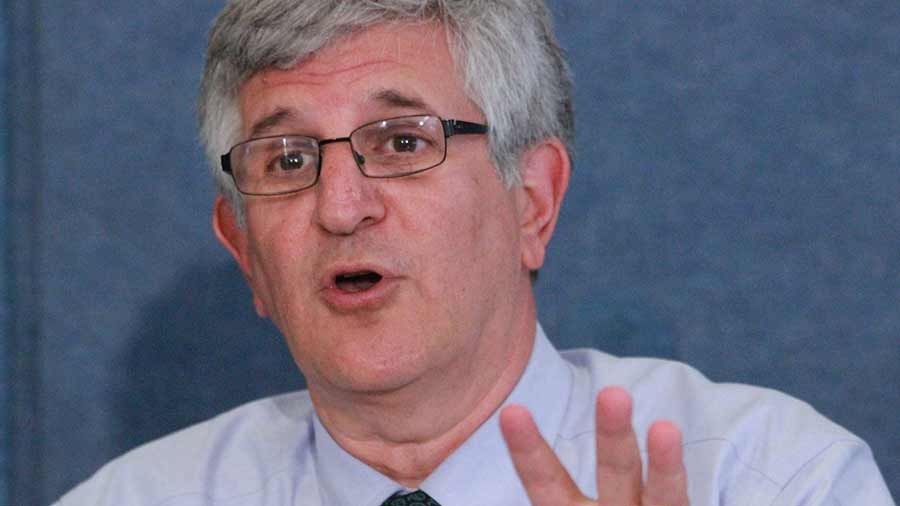
So, obviously, in order to maintain our maximum levels of health and prevent ourselves from becoming sick, it is vital we keep our lymphatic system functioning properly and our lymph fluid flowing.
But it’s not automatic or even easy. The lymph system is a complex one containing organs, nodes, and vessels that perform three primary functions: fluid balance, fat absorption, and immunological defense.
As blood reaches our capillaries, fluid is released from the thin-walled vessels, which then flows throughout the tissues of the body. This substance, called interstitial fluid, bathes tissues with nutrients and gasses as it washes over them.
In turn cells absorb the nutrients and oxygen while releasing waste byproducts back into the interstitial fluid. Ninety percent of the fluid is then reabsorbed by the venous capillaries to then recombine with venous blood that is pumped back through the heart and lungs. The remaining 10 percent of fluid, now called lymph, flows through the lymphatic system and is filtered by lymph nodes before being returned to the bloodstream.
If the lymphatic system is not working properly, interstitial fluid builds up in the tissues, and the lymph fluid is not properly filtered and cleansed before being returned to the bloodstream.
We have to remember that the lymphatic system does not have a big pump like our heart that forces fluid through our vessels. Rather, our bodies rely on muscles to move the interstitial fluid. That includes our diaphragm and rib cage, as well as the blood pumping through our vessels. Sedentary lifestyles decrease lymph flow by as much as 94 percent.
So, the best way to move lymph through the body is through movement of any kind. Walking, bending, stretching--any and all movement will assist with lymphatic movement.
Source:
Please contact us for more information.






















